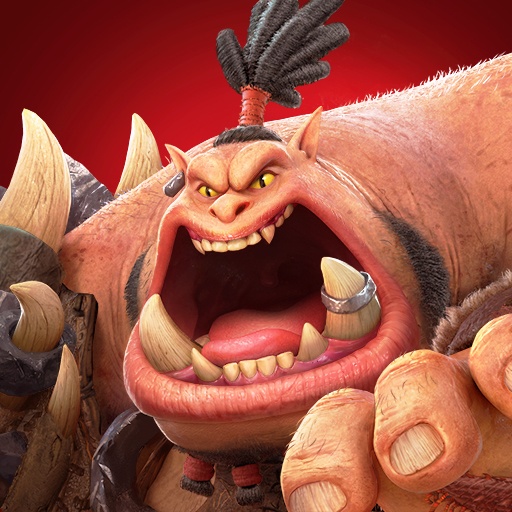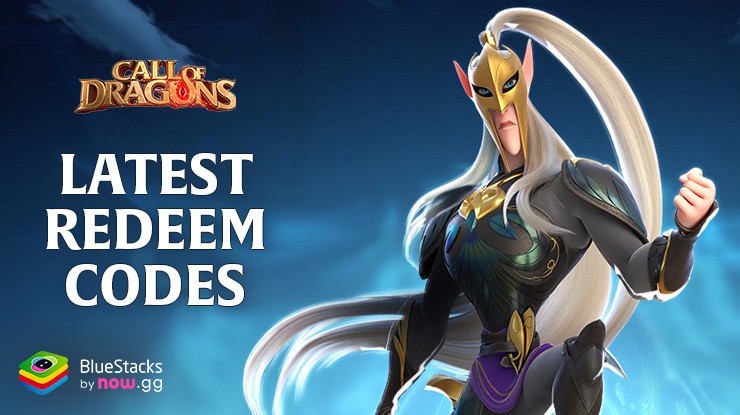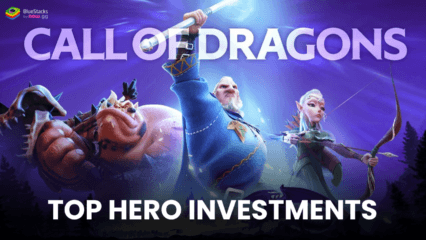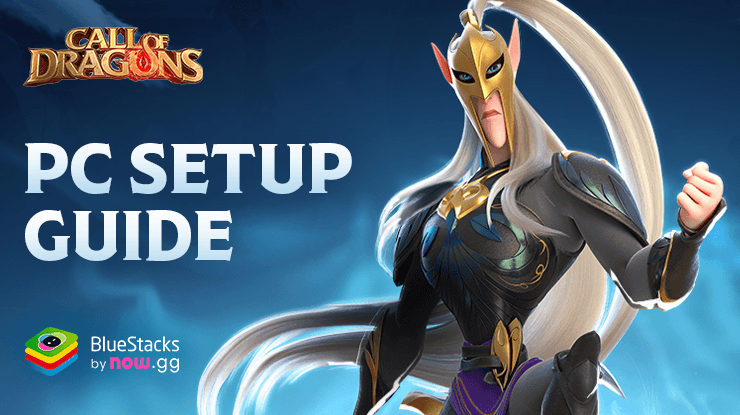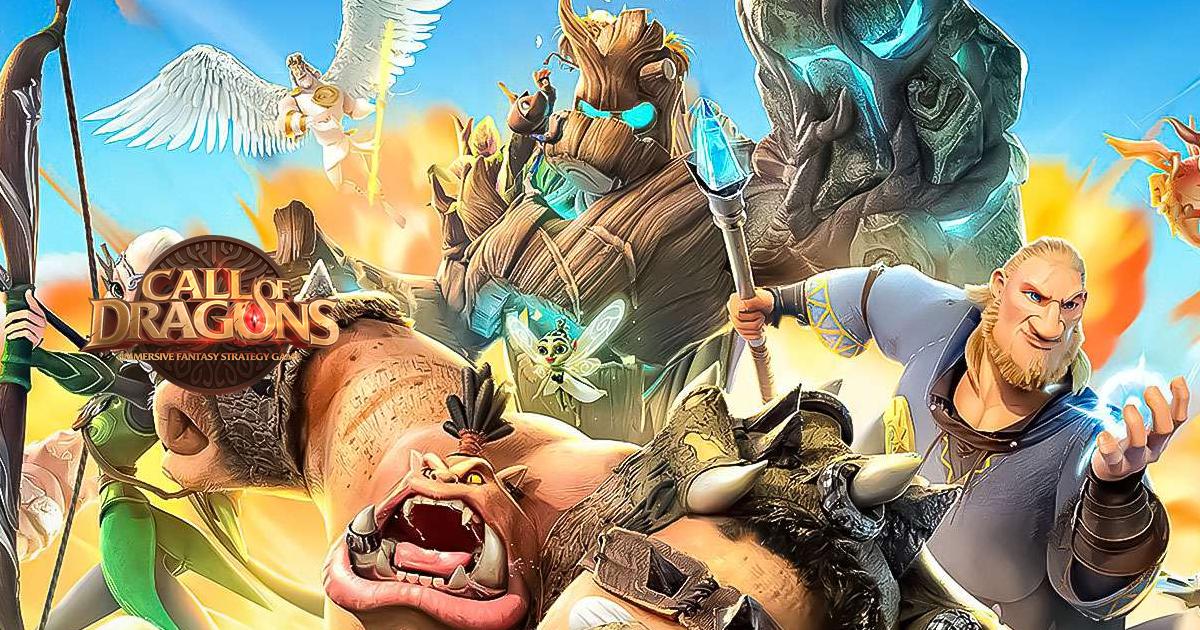Hero Guide for Call of Dragons - Everything You Need to Know About the Hero System
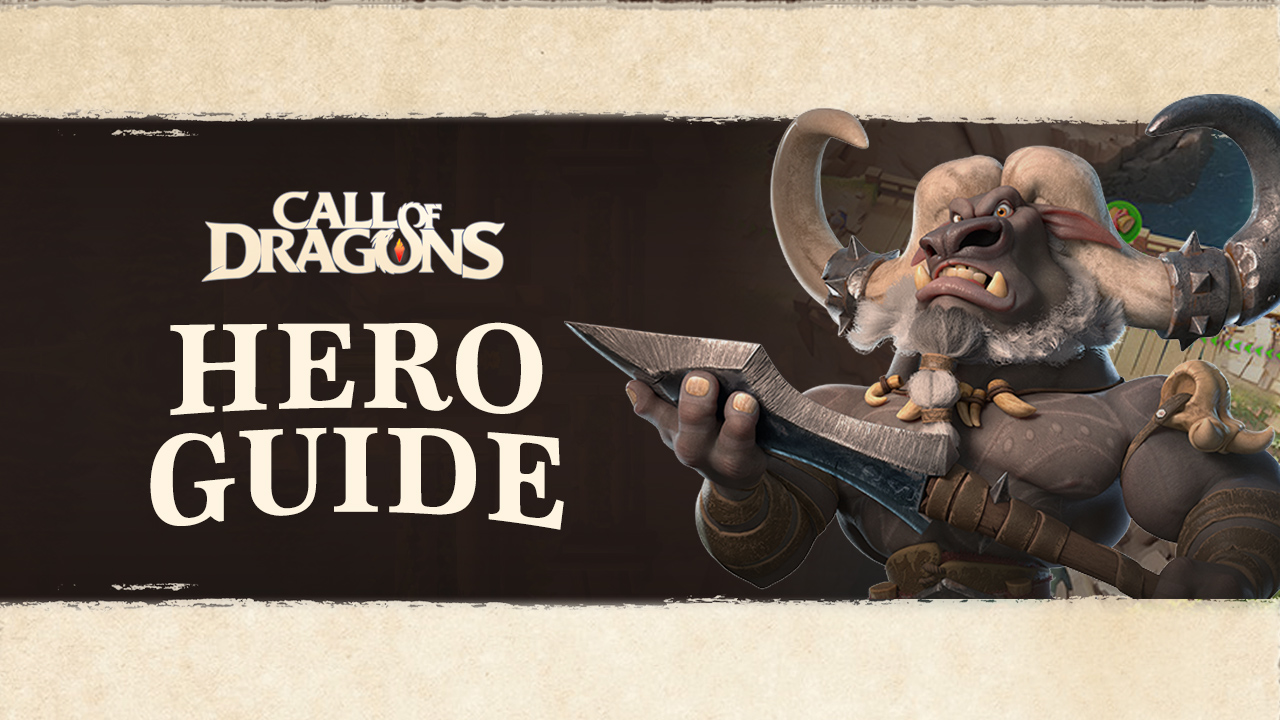
The heroes in Call of Dragons fulfill a very important role in the development of your town. Because of this, in this article we’ll be discussing everything you need to know about these powerful generals, so that you can get a head start in your progression.
Table of Contents
- The Leaders of Your Army
- Hero Skills and How They Work in Combat
- Hero Talent Trees
- Artifacts and Their Uses
The Leaders of Your Army
In a nutshell, heroes are important because they’re the leaders of your troops. Without them you couldn’t send out your armies to march, and much less engage in combat and gathering expeditions on the world map. However, more than just leaders, each hero has their own set of skills and traits that make them suited for different tasks.
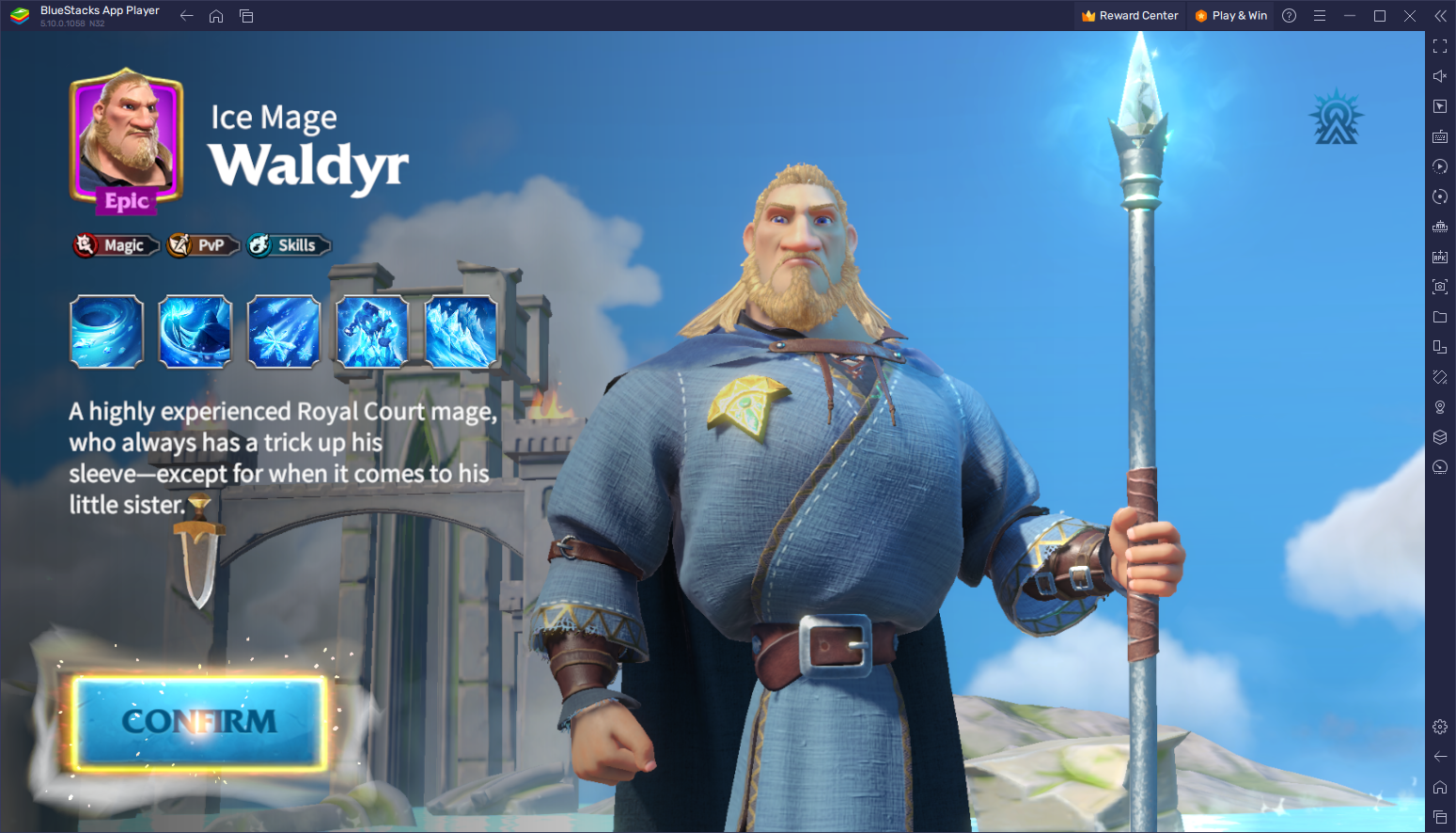
While some heroes are great generals, others are better at collecting resources, which would make them better for leading troops towards gathering points rather than against fearsome enemies. And even when it comes to combat heroes, some of these units might be better against Darklings and other NPC enemies, while others will be better at engaging against other players in a PvP setting.
It’s worth pointing out here that, when it comes to PvE actions like engaging against Darklings, or even utilitarian tasks like gathering resources, your heroes can basically perform these tasks indefinitely. However, in the case of fighting against neutral enemies, your heroes are always limited by the amount of CP that your avatar has, as each encounter will cost a small amount of this resource. Moreover, PvP battles like fighting against other players on the field or giving siege to another player’s town will slowly drain the hero’s stamina, limiting their usefulness in longer battles. Both CP and stamina are resources that regenerate on an hourly basis.
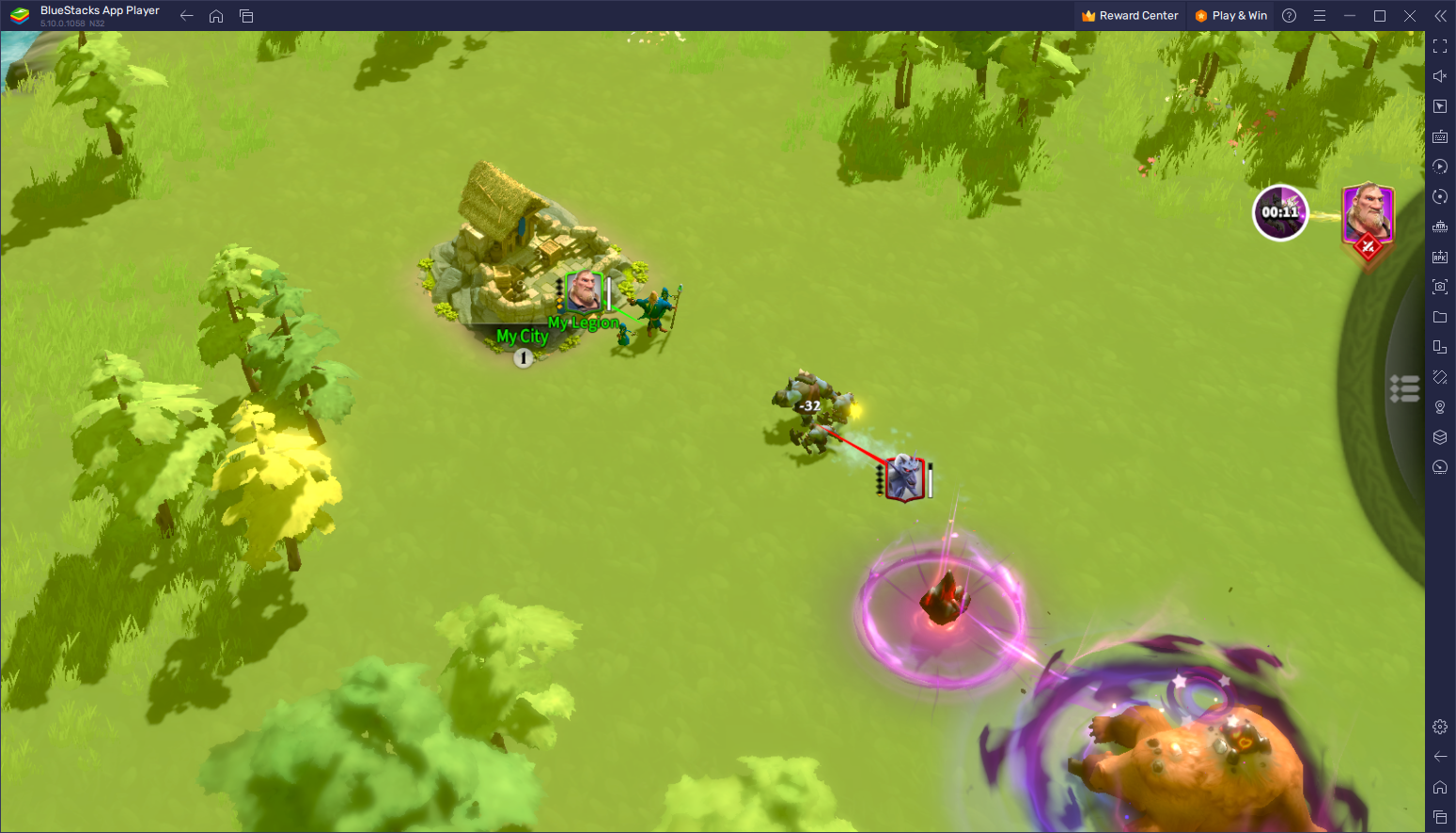
Familiarizing yourself with what every hero can offer is the first step towards becoming a great leader, so hop in the hero menu and start reading the skills and traits of all your unlocked units.
Hero Skills and How They Work in Combat
Other than leading your troops in combat and bestowing them with passive buffs, heroes also personally engage against the enemy in battle and lend their powerful skills to the cause.
Each hero has a number of skills available to them, depending on their quality. For Legendary and Epic heroes, they have a total of five skills: a single rage skill along with four passive skills. For Elite heroes, on the other hand, these have one rage skill and three passive skills.
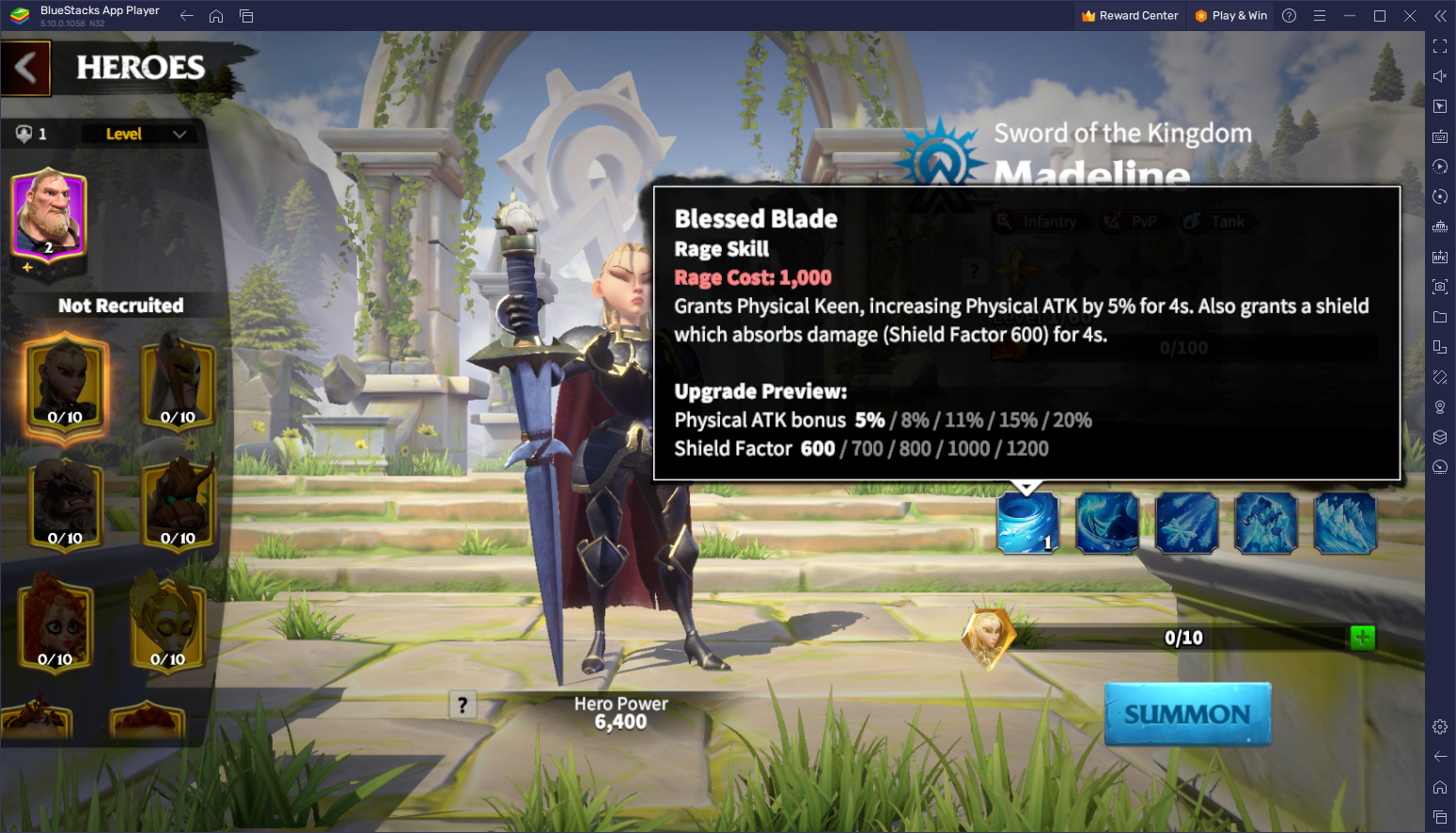
When it comes to the passive skills, these ones are pretty self-explanatory: They are active at all times and simply confer a wide variety of bonuses, depending on the hero in question. Rage skills, on the other hand, are active skills that can be used in combat to create different effects. These rage skills have a rage cost of 1,000, and are used automatically whenever the rage bar fills up. The rage bar, on the other hand, fills up bit by bit whenever the hero in question lands normal attacks in battle.
While passive bonuses are always important when it comes to choosing your heroes, rage skills are often more significant as some of these can be quite powerful. In fact, there are even some hero combinations that focus on enhancing rage buildup in order to gain access to these skills sooner.
Hero Talent Trees
Each hero has a number of passive skills that they can use in combat. Beyond that, they also have access to a large talent tree after you unlock them, in which they can purchase skills using the points they receive every time they level up.
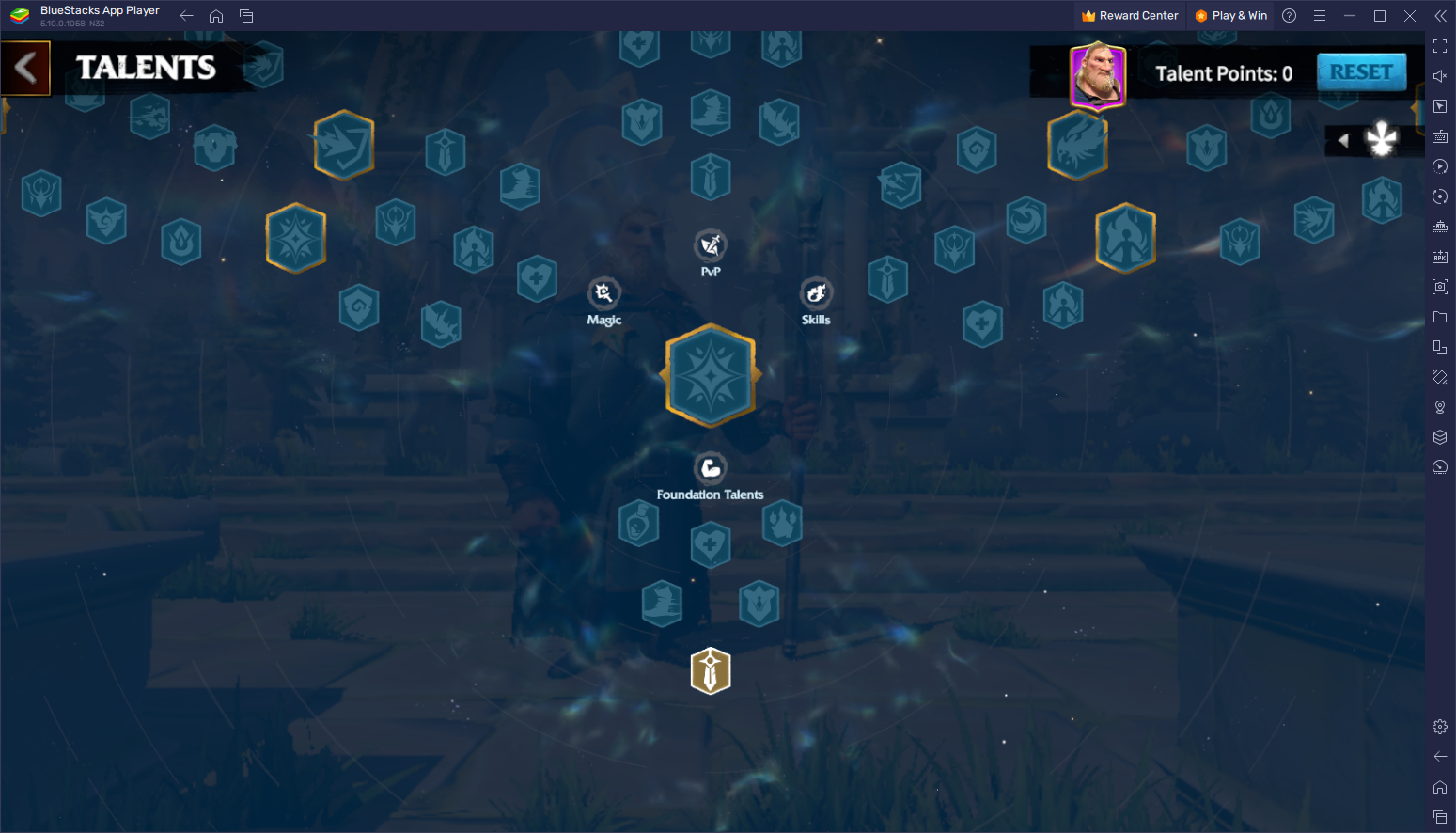
All heroes begin with a foundation talent tree with basic stat increases. Once this foundation is completed, players can fine-tune the performance of the hero in question by investing more points into the three new talent trees that will be unlocked at this point. The proper use of talent points here can either make or break a hero. Moreover, depending on how you build a unit, one same hero could fulfill multiple roles. Fortunately, while it might take a bit of trial and error in order to build your heroes effectively, you can always respec their talent points by using a Book of Alteration, which will reimburse all spent points for a single hero and let you redistribute them. Sadly, these Books are expensive, coming up at 1,000 gems each.
It’s worth pointing out that, whenever you create legions with more than one hero, only the talent tree of the leader is considered. Nevertheless, the secondary hero can also help by lending their own rage and passive skills in combat.
Artifacts and Their Uses
While not necessarily related to heroes, Artifacts are powerful items that you can equip to your heroes so they can wield them in combat.
The mere act of equipping an Artifact in Call of Dragons is enough to confer powerful passive bonuses, possibly amplifying the skills of the hero in question as well as the troops under their command. As such, it’s important to have the right Artifacts equipped on the corresponding heroes, so that they can use them to their fullest extent.
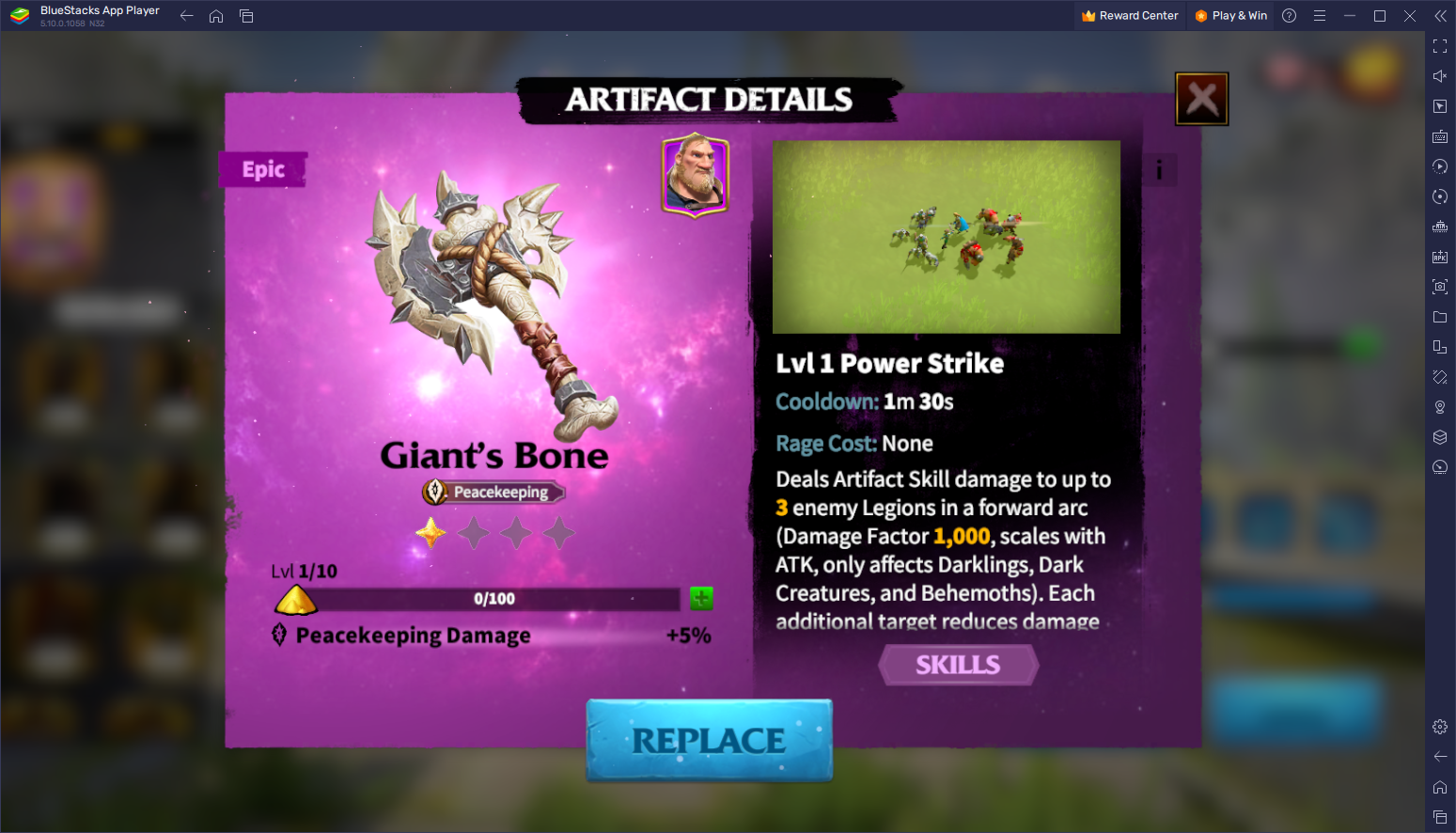
Aside from enjoying passive bonuses, heroes that wield an Artifact also gain access to powerful skills that they can use in combat. These skills require no resources but have a fixed cooldown that varies depending on the Artifact in question. Some Artifacts can have a relatively meager passive boost but a powerful usage effect, and vice versa. Check out our Call of Dragons Artifact guide (link to the artifacts guide) if you wish to learn a bit more about these important items.
It’s important that you always consider a hero’s role, intended use, and favored troop type in order to equip them with the best possible artifact.
And with that, you should now have a good idea of everything about the hero system in Call of Dragons. Regardless, we encourage you to post your relevant questions, thoughts, and comments in the section below!

